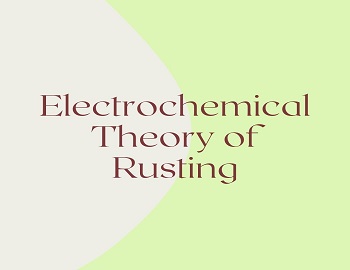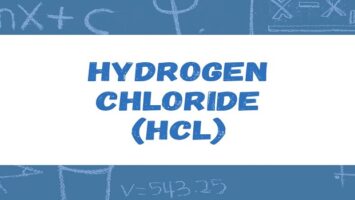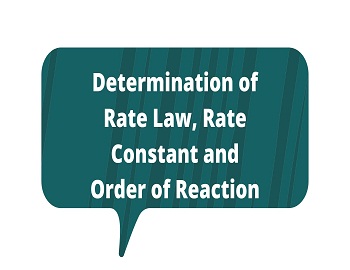Table of Contents
Specific and Molar Conductance:
Specific Conductance:
It is the reciprocal of Resistivity and is also known as “Conductivity“. It may also be defined as the conductance of one cm cube of the conductor. It is denoted by ‘κ‘ (kappa).
Therefore, κ = 1/ρ = 1/R x l/a = C x l/a
If l = 1 cm and a = 1 sq. cm, then κ = C
Thus, specific conductivity of a solution is defined as “the conductance of a solution of 1 cm length and 1 sq. cm area of cross-section”.
| Units: Specific Conductance, κ = 1/ρ = 1/ohm cm = ohm-1 cm-1 or S cm-1. |
Molar Conductance:
Since the concentration of a solution is generally expressed in terms of moles per litre and so the conductance of electrolytes is normally expressed as “Molar Conductance” which is defined as “the conductance of a solution containing 1 gm mole of the electrolyte at a specified concentration (or dilution) and temperature such that the whole of the solution is placed between two parallel electrodes one cm apart”. Thus, it is the conducting power of the ions produced by one mole of an electrolyte at any given dilution or concentration. It is denoted by Λm. It is related to conductivity (κ) by the relation-
Λm = κ x 1000/M
Where ‘M‘ is the molarity of the solution.
| Units: ohm-1 cm2 mol-1 or Ω-1 cm2 mol-1 or S cm2 mol-1 |









Comments (No)